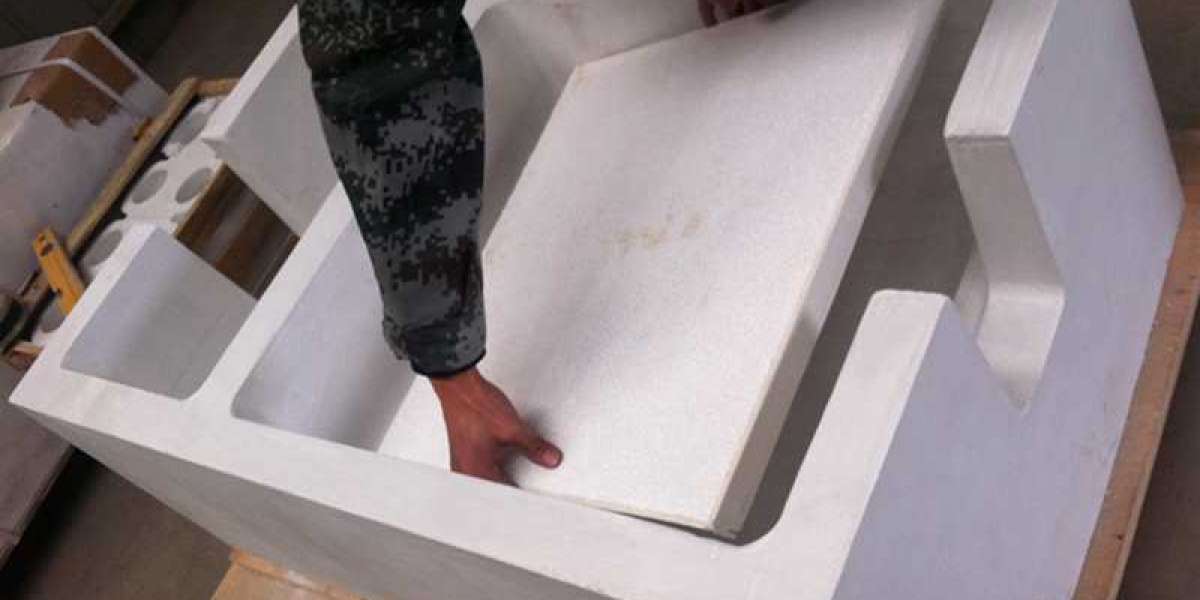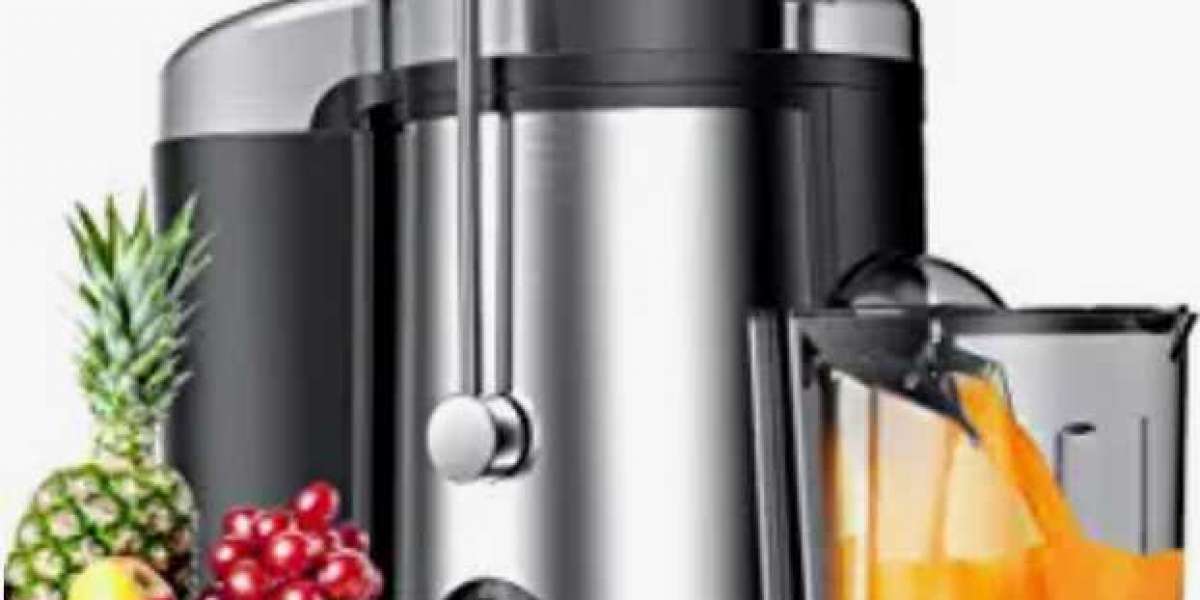Indian ceramic foam filter is an advanced product used for secondary refining. It has a porous structure network. With the continuous deposition of fluid inclusions, the size of the sieve holes and sieve holes becomes smaller and smaller, thereby improving the filtering effect.
The type of CFF metal filtration can be divided into deep bed filtration, filter cake filtration or mixed filtration. The efficiency depends on the pore PPI (pores per inch) of the filter material. It is also related to the size distribution of the removed particles. PPI refers to the plastic used to make ceramic foam filters. The number of pore boundaries encountered per inch can be found from the average value.
The filtration parameters of India China Foundry Filter are effective porosity (that is, the porosity that effectively affects the porosity), fluid tortuosity, specific surface area and pore size.
Mold filtration requires good chemical stability and excellent filtration function, especially the collection and absorption of 1-10um small impurities and filtration residues. The CFF three-dimensional structure can greatly improve the quality of the casting by changing the molten metal from turbulent flow to laminar flow, removing gas, and smoothing the casting.
The CFF metal filtration process also depends on: alloy type, grain refiner, casting rate, metal temperature and so on. Adding a grain refiner before the ceramic foam filter has a particularly adverse effect on the filtration efficiency.
In terms of cost and ease of use, ceramic foam filters (CFF) are generally considered to be the “best” placement filter acceptable performance characteristics. Their main advantages are: high filtration efficiency, low turbulence, high refractoriness, corrosion resistance, and suitable for the most demanding casting applications.
From the Himalayas to the south, it stretches into the Indian Ocean. The north is the mountainous area, the middle is the Indus-Ganges Plain, and the south is the Deccan Plateau and the coastal plains on its east and west sides.
Plains account for about 40% of the total area, mountains only account for 25%, and plateaus account for 1/3, but most of these mountains and plateaus do not exceed 1,000 meters above sea level.
The low and gentle terrain occupies an absolute advantage in the country. It is not only convenient for transportation, but also under the tropical monsoon climate and fertile soil conditions such as alluvial soil suitable for agricultural production and tropical black soil. Most of the land is available for agricultural use. It can grow and has unique natural conditions.
India is rich in mineral resources, with bauxite reserves and coal production both ranking fifth in the world, and mica exports account for 60% of the world’s exports.
As of the end of 1996, India’s main recoverable reserves were estimated to be: 46.389 billion tons of coal (excluding coking coal), 9.754 billion tons of iron ore, 2.253 billion tons of bauxite, 124 million tons of chromite, 65.5 million tons of manganese ore, and zinc. 5.89 million tons, 3.52 million tons of copper, 1.36 million tons of lead, 68.477 billion tons of limestone, 81 million tons of phosphate, 86 tons of gold, 896 million tons of oil, and 697 billion cubic meters of natural gas.
In addition, there are mineral deposits of mica, gypsum, diamonds, titanium, thorium, and uranium. The forest coverage rate is 21.9%.








